- No products in the cart.
Acetylcysteine Teva-tab spike. 600mg 10 pieces
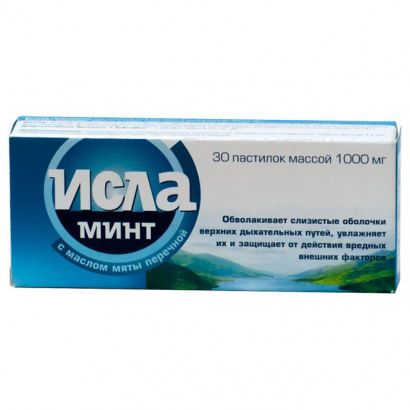
Isla Mint lozenges 1000mg 30 pieces
$8.46

Linakva norms for children and adults for washing and irrigation of 0.9% 125ml nose
$7.82
$7.19
Acetylcysteine Teva-tab spike. 600mg 10 pieces
Description
Composition
Active substance:
1 tablet contains: acetylcysteine 200.00 mg or 600.00 mg.
Excipients:
Citric acid, anhydrous 843.03 mg / 648.99 mg. Sodium bicarbonate 695.64 mg / 548.72 mg. lemon flavor 100.00 mg / 100.00 mg. adipic acid 100.00 mg / 12.83 mg. adipic acid finely divided 20.00 mg / 48.99 mg. /20.47 mg Povidone 21.33 mg. aspartame 20.00 mg / 20.00 mg.
Description:
White or white with a yellowish tinge round flat tablets with lemon flavor. On one side is the risk of the tablet.
Product form:
effervescent tablets 200 mg or 600 mg.
10 or 20 tablets per plastic cylindrical pencil case, a sealed with a plastic stopper to control the tear-off ring opening.
1 or 2 the canister together with instructions for use in a cardboard box.
Contraindications
Known hypersensitivity to acetylcysteine or other ingredients of the formulation: pregnancy, breast-feeding; gastric ulcer and duodenal ulcer in acute phase: phenylketonuria: Children up to age 14 years (for tablets 600 mg): children up to 2 years (for tablets of 200 mg).
Carefully
With special caution used acetylcysteine in patients with bronchial asthma, liver diseases, kidney, adrenal function tackle, esophageal varices, in patients prone to pulmonary bleeding, hemoptysis, arterial hypertension, intolerance to histamine (avoid prolonged drug administration, as acetylcysteine It affects the metabolism of histamine and may result in signs of intolerance, such as: headache, vasomotor rhinitis, itching).
Dosage
600 mg
Indications
Respiratory diseases and conditions accompanied by the formation of a viscous trudnootdelyaemoy muco-purulent sputum: acute and chronic bronchitis; chronic obstructive pulmonary disease (COPD) due tracheitis bacterial and / or viral infection; bronchiolitis; pneumonia: bronchial asthma: bronchiectasis; atelectasis due to obstruction of the bronchi of the mucous plug: cystic fibrosis (in a combination therapy); removal of viscous secretions from the airways in post-traumatic and postoperative states: catarrhal and purulent otitis, sinusitis, including, sinusitis (facilitating discharge of secretion).
The drug is used in the treatment of acetaminophen overdose.
Interaction with other drugs
With simultaneous use of acetylcysteine and antitussives can amplify stagnation sputum because of suppression of the cough reflex, however such combination therapy should only be done under direct medical supervision.
There is evidence that the thiol group acetylcysteine can neutralize the activity of certain antibiotics (amphotericin B, ampicillin, tstratsikliny. Excluding doxycycline, semi psnitsilliny, cephalosporins, aminoglycosides). Therefore it is expedient to oral administration of these antibiotics over 2 hours after administration acetylcysteine.
It was also found that antibiotics such as amoxicillin, doxycycline, erythromycin, thiamphenicol, cefuroxime not interact with atsetiltsistsiiom.
It has been reported that concomitant use of acetylcysteine and nitroglycerin may lead to increased vasodilatory action of the latter and a decrease in platelet aggregation.
With simultaneous use of acetylcysteine and antitussives can amplify stagnation sputum because of suppression of the cough reflex, however such combination therapy should only be done under direct medical supervision.
There is evidence that the thiol group acetylcysteine can neutralize the activity of certain antibiotics (amphotericin B, ampicillin, tetracycline, doxycycline, excluding, semisynthetic penicillins, cephalosporins, aminoglycosides). Therefore it is expedient to oral administration of these antibiotics over 2 hours after administration acetylcysteine.
It was also found that antibiotics such as amoxicillin, doxycycline, erythromycin, thiamphenicol, cefuroxime not interact with acetylcysteine.
It has been reported that concomitant use of acetylcysteine and nitroglycerin may lead to increased vasodilatory action of the latter and a decrease in platelet aggregation.
Acetylcysteine reduces the hepatotoxic effects of paracetamol.
Overdose
So far, cases with oral medications acetylcysteine overdose is not described. At a dose of 500 mg / kg of NAC did not cause symptoms of poisoning. Theoretically possible diarrhea, heartburn, nausea, vomiting, pain in the stomach. Treatment: symptomatic.
pharmachologic effect
Pharmacological group:
Expectorant (mucolytic) tool.
Pharmacodynamics:
Acetylcysteine has mucolytic activity against phlegm (mucus) in the lumen of the bronchial passages, and determines its sekretoliticheskim secretomotoric properties. The drug thins the mucus, increasing its volume, facilitates its separation. Its action is maintained in the presence of purulent sputum. The mechanism of action based on the ability acetylcysteine sulfhydryl groups of the drug to break disulfide bonds, acid mucopolysaccharides mucus, which leads to depolarization and mucoproteins decrease mucus viscosity.
Enhances synthesis of glutathione, which is a factor of intracellular antioxidant protection and maintains the functional activity and morphological integrity of mucosal cells airways that. in particular, explains its effectiveness as an antidote for poisoning by paracetamol.
Due to the ability of sulfhydryl groups to neutralize the electrophilic oxidative toxins Acetylcysteine has an antioxidant effect.
Also has a moderate anti-inflammatory properties (by inhibiting the formation of free radicals and reactive oxygen species responsible for the development of inflammation in lung tissue).
Pharmacokinetics:
If ingestion acetylcysteine is well absorbed from the gastrointestinal tract. Treated effect of “first pass” through the liver is metabolized to form cysteine diatsetiltsisteina, cystine disulfides and that reduces the bioavailability of the drug to 10%. Acetylcysteine maximum concentration in plasma is reached after 1-3 hours, and in patients with impaired liver function – after 8 hours.
The therapeutic effect is observed after 30-90 minutes and lasts for 2-4 hours.
Write mainly kidneys as inactive metabolites small part stands in an unmodified form through the intestine.
Crosses the placental barrier, it accumulates in the amniotic fluid.
Pregnancy and breast-feeding
Application data acetylcysteine during pregnancy and breastfeeding is limited, so the use of the drug during pregnancy is contraindicated. If necessary, use during lactation should decide the issue of termination of breastfeeding.
Conditions of supply of pharmacies
Without recipe.
side effects
Undesirable effects are classified according to their frequency of as follows: very often (> 1/10). often (> 1/100.
special instructions
In applying the drug in patients with bronchial asthma is necessary to ensure the drainage of sputum, in Combination with bronchodilators.
During the period of application of the drug to patients excessive fluid intake is recommended that supports sekretoliticheskoe effect of the drug.
In applying the drug must be used glassware to avoid contact of the product with metal, rubber, oxygen, easily oxidizable substances. In applying acetylcysteine rarely reported cases of severe allergic reactions such as Stevens-Johnson syndrome, Lyell syndrome. In the event of changes in the skin and mucous membranes should immediately consult a doctor, the drug should be discontinued.
Each effervescent tablet contains 20 mg of aspartame (equivalent to 11.2 mg of phenylalanine content), whereby the drug can not be applied to patients with phenylketonuria.
Effects on ability to drive and use machines.
Information about the negative impact of the recommended doses of acetylcysteine on the ability to drive vehicles and mechanisms of no.
Storage conditions
Stored in a dry place at a temperature not higher than 25 ° C. Keep out of the reach of children!.
Dosing and Administration
Inside, after a meal. after dissolving effervescent tablet in a glass of water. effervescent tablets should be taken immediately after dissolution.
The following dosages are usually recommended:
effervescent tablets 600 mg adults and adolescents over 14 years old: 1/2 effervescent tablets 2 times a day, or 1 effervescent tablet 1 per day (600 mg of acetylcysteine in the night).
effervescent tablets 200 mg adults and adolescents over 14 years of age: 1 effervescent tablet 2-3 times a day (400-600 mg of acetylcysteine in the night); Children aged 6 to 14 years of age: 1 effervescent tablet two times daily (400 mg per day acetylcysteine): Children aged 2 to 6 years: 1/2 effervescent tablet 2-3 times a day (200-300 mg acetylcysteine per day).
Treatment of cystic fibrosis: children over 6 years of age: 1 effervescent tablet 3 times daily (600 mg per day acetylcysteine): Children aged 2 to 6 years: 1/2 effervescent tablet 4 times a day (400 mg of acetylcysteine in the night).
Duration (continuity) of application depends on the characteristics of the disease. In the treatment of chronic bronchitis and cystic fibrosis treatment may be lengthy (several months).
Information
Appearance may differ from that depicted in the picture. There are contraindications. You need to read the manual or consult with a specialist
Additional information
| Weight | 0.100 kg |
|---|---|
| Manufacturer | TEVA |

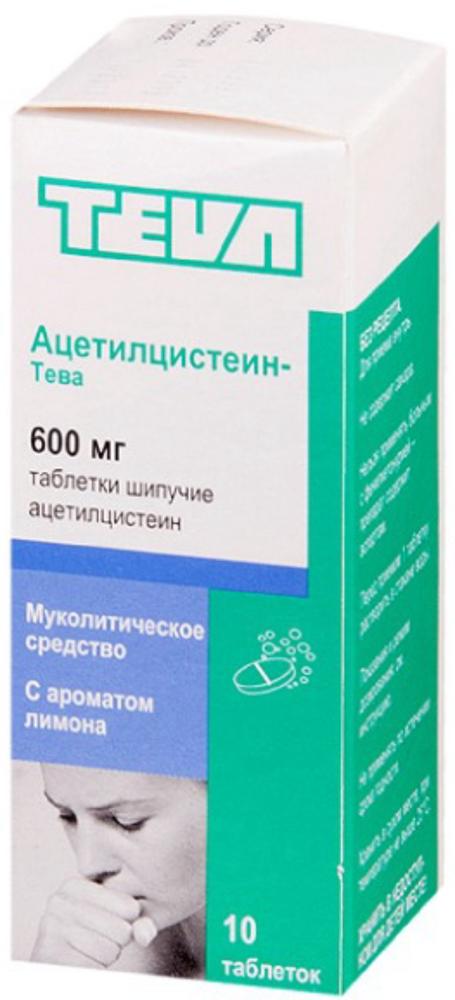
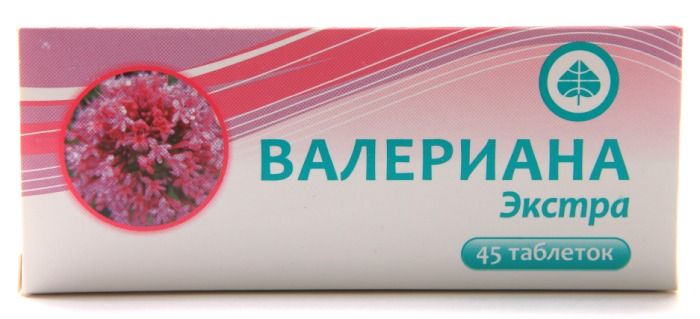
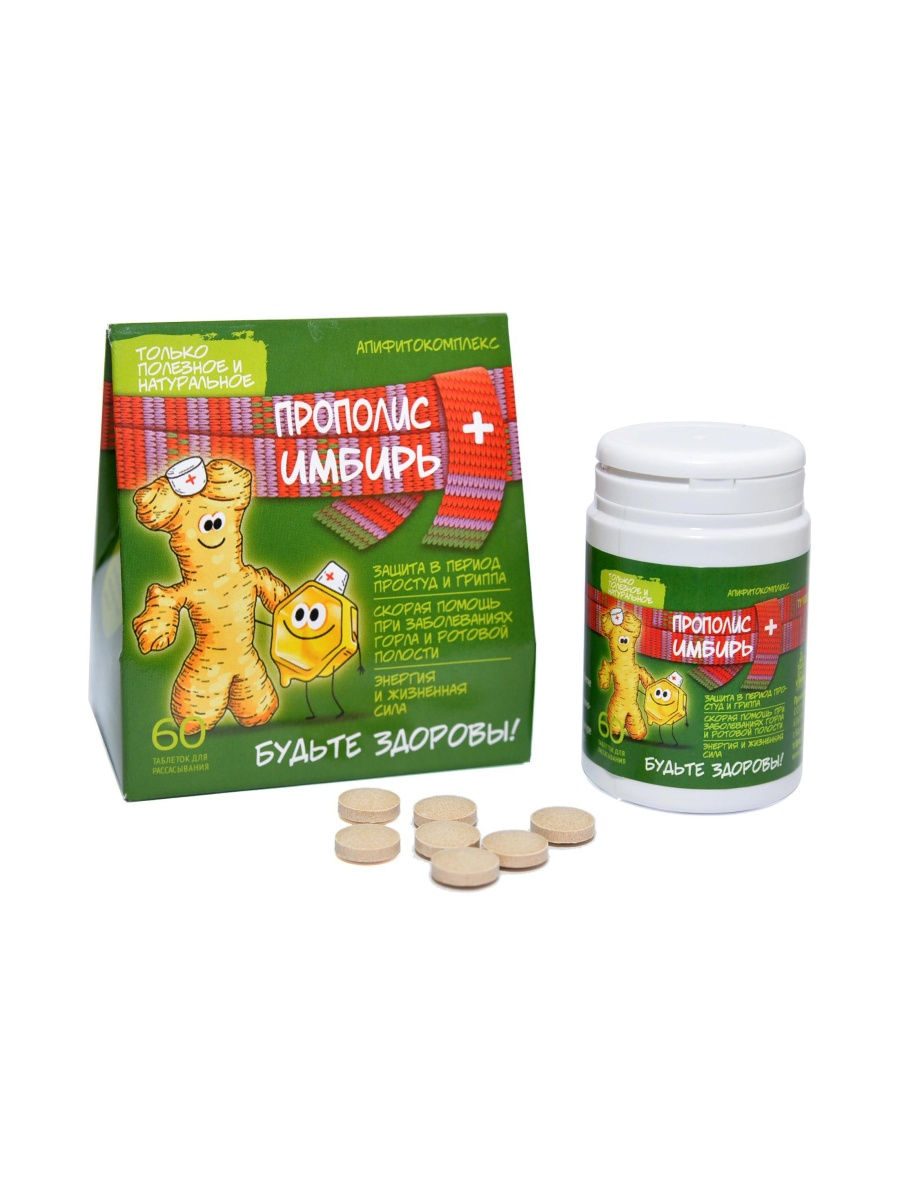
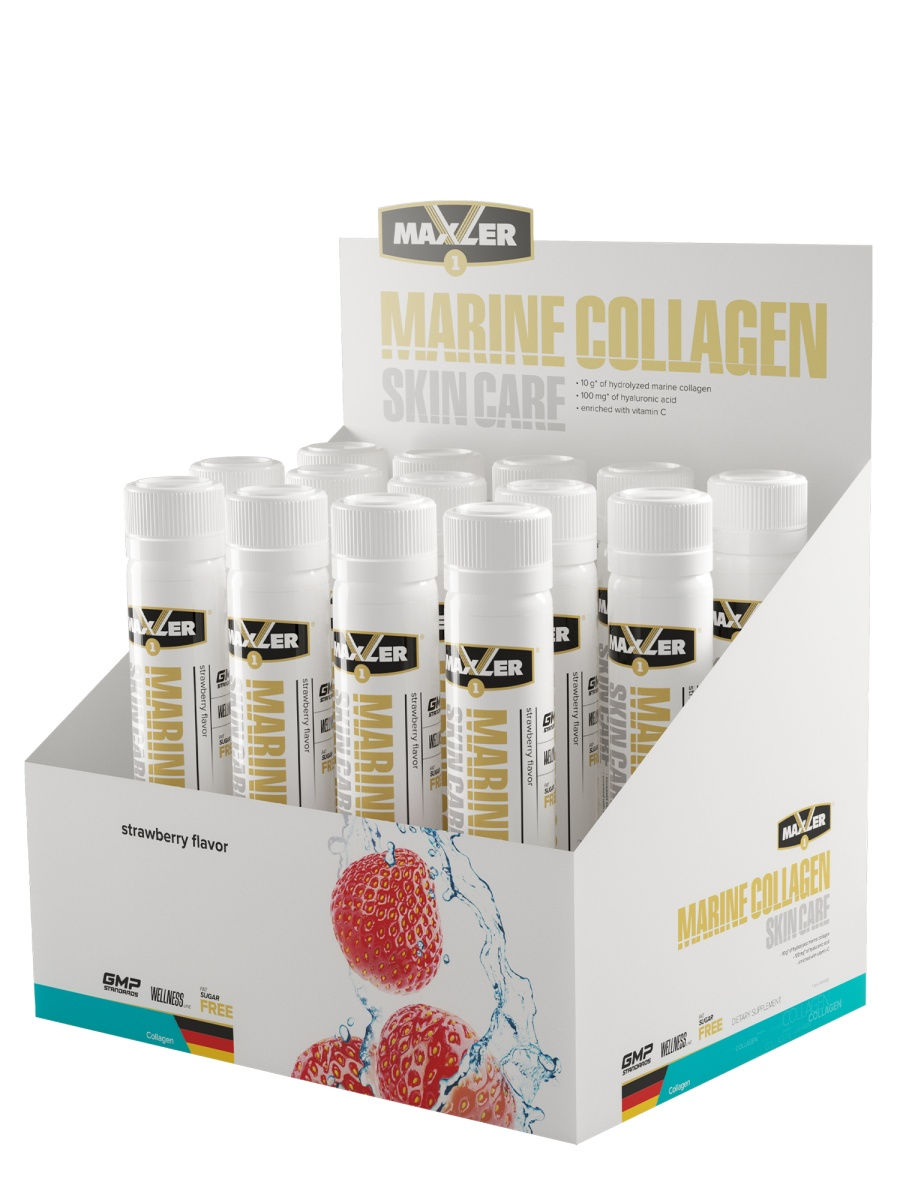
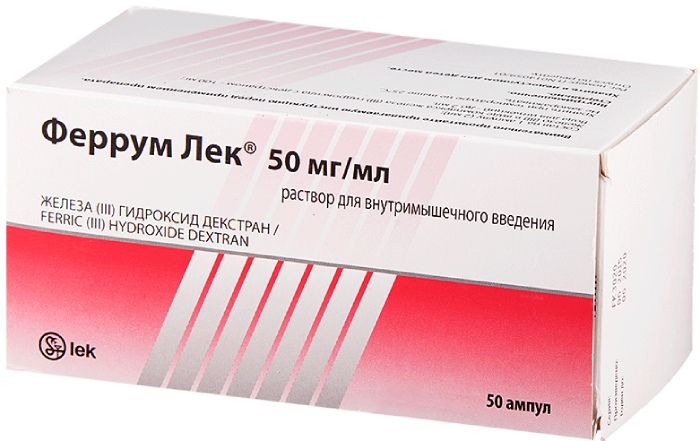
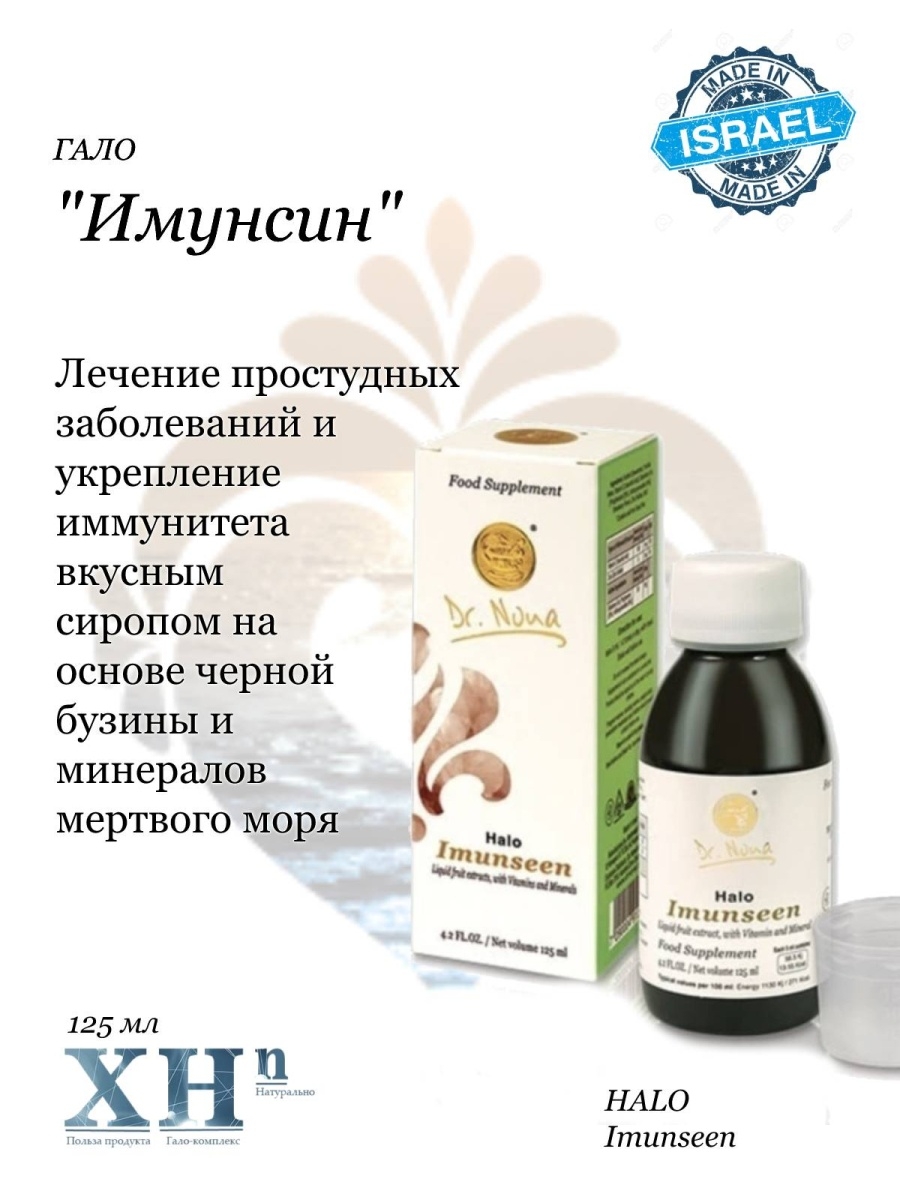
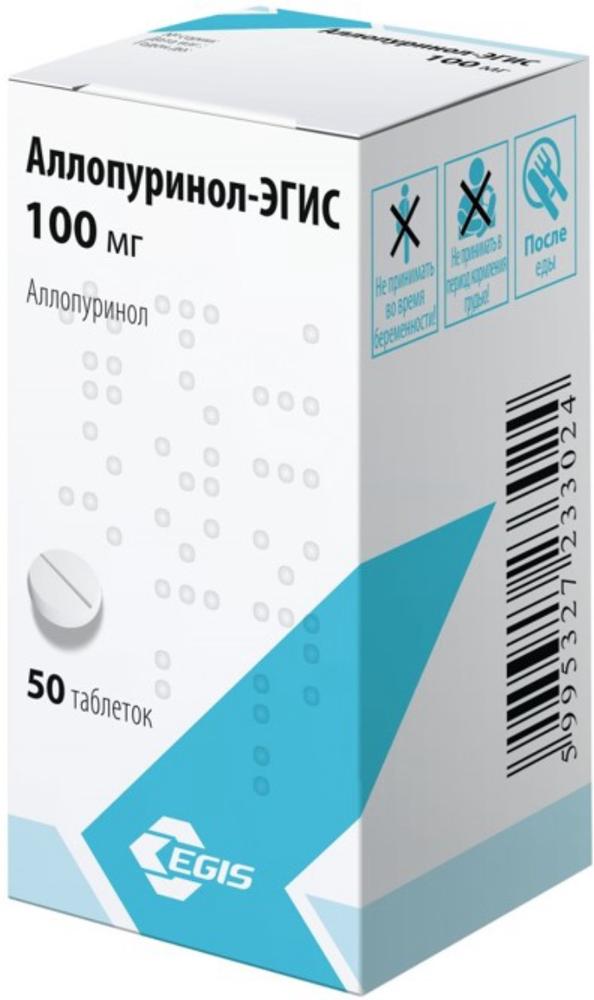




There are no reviews yet.